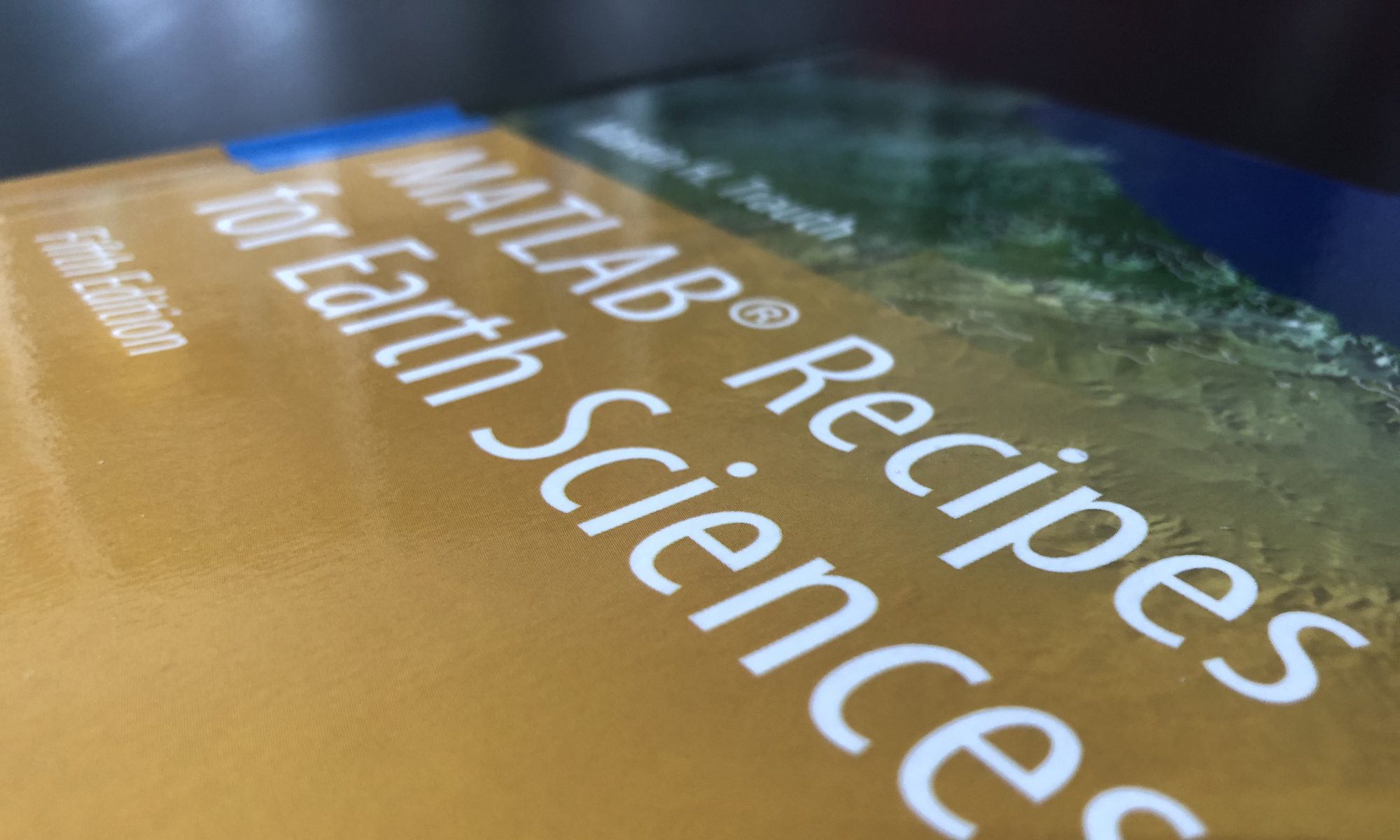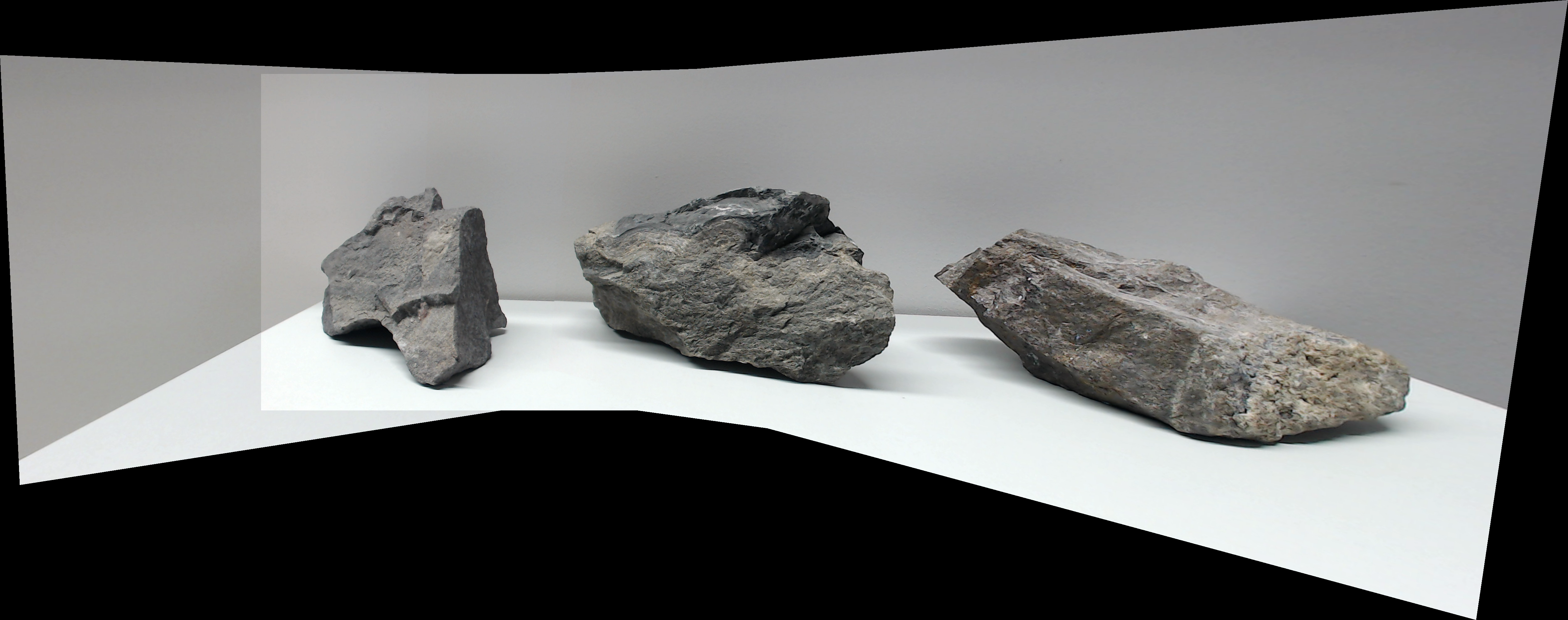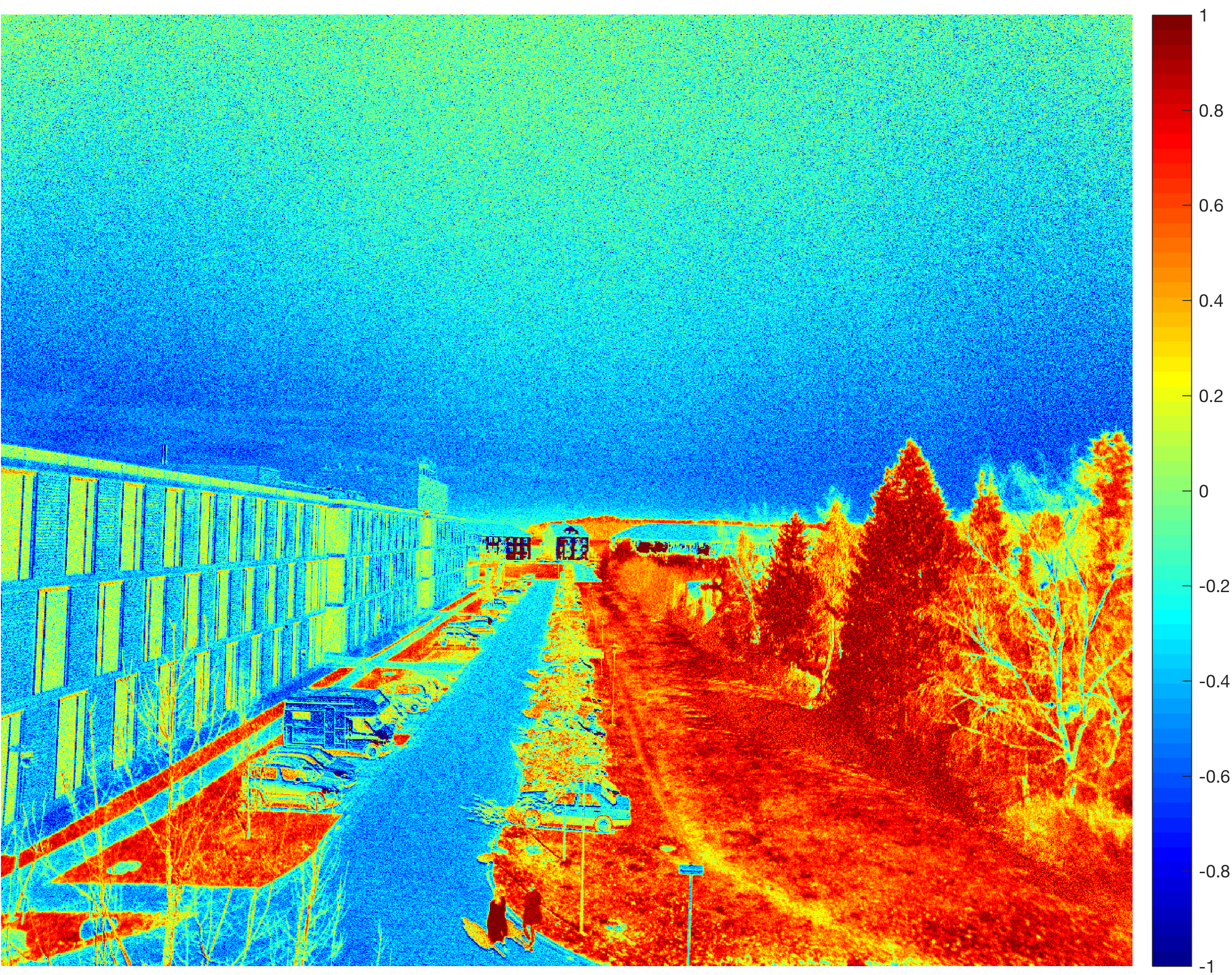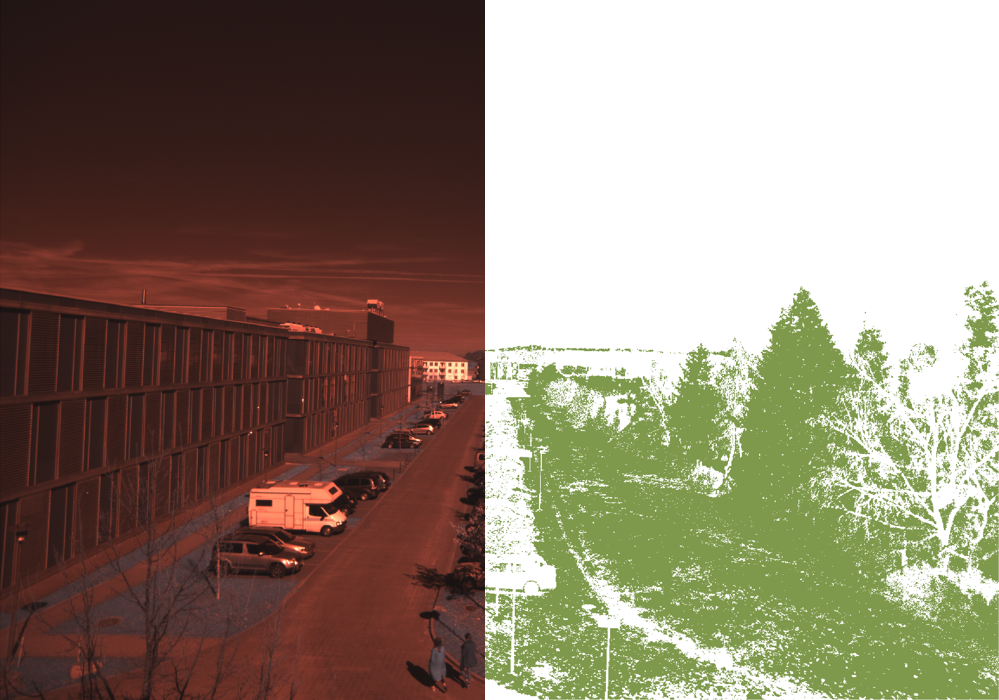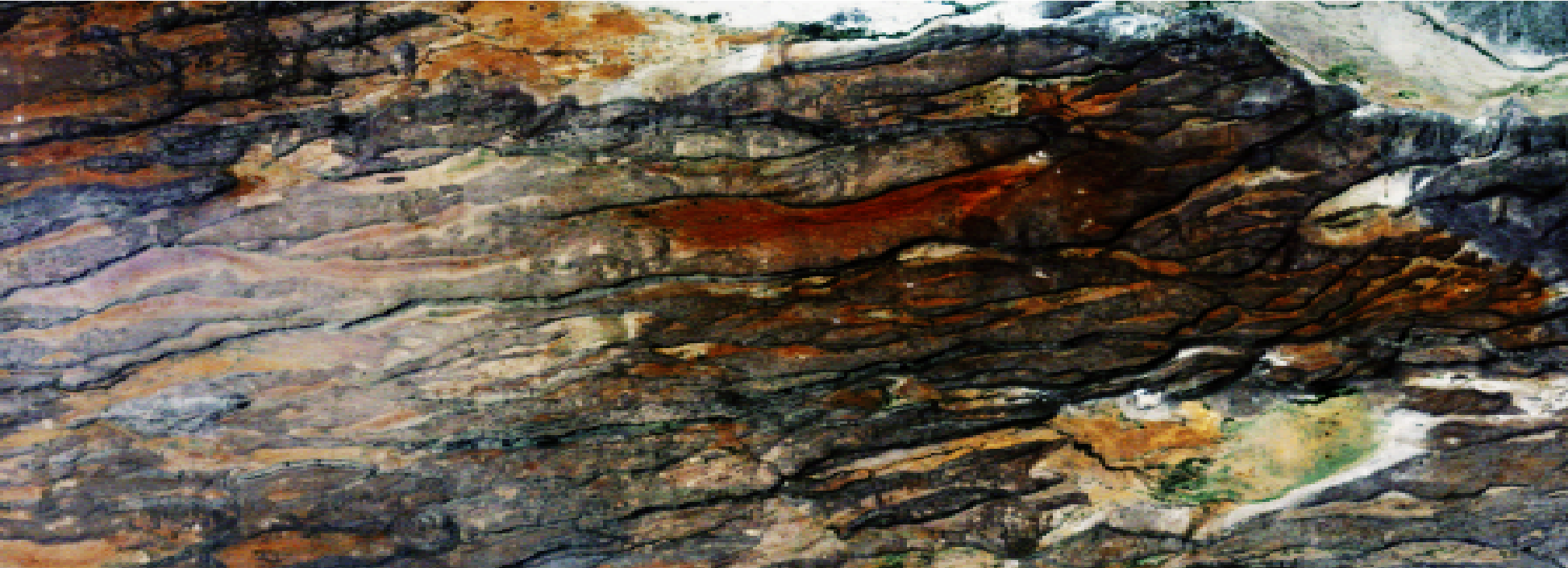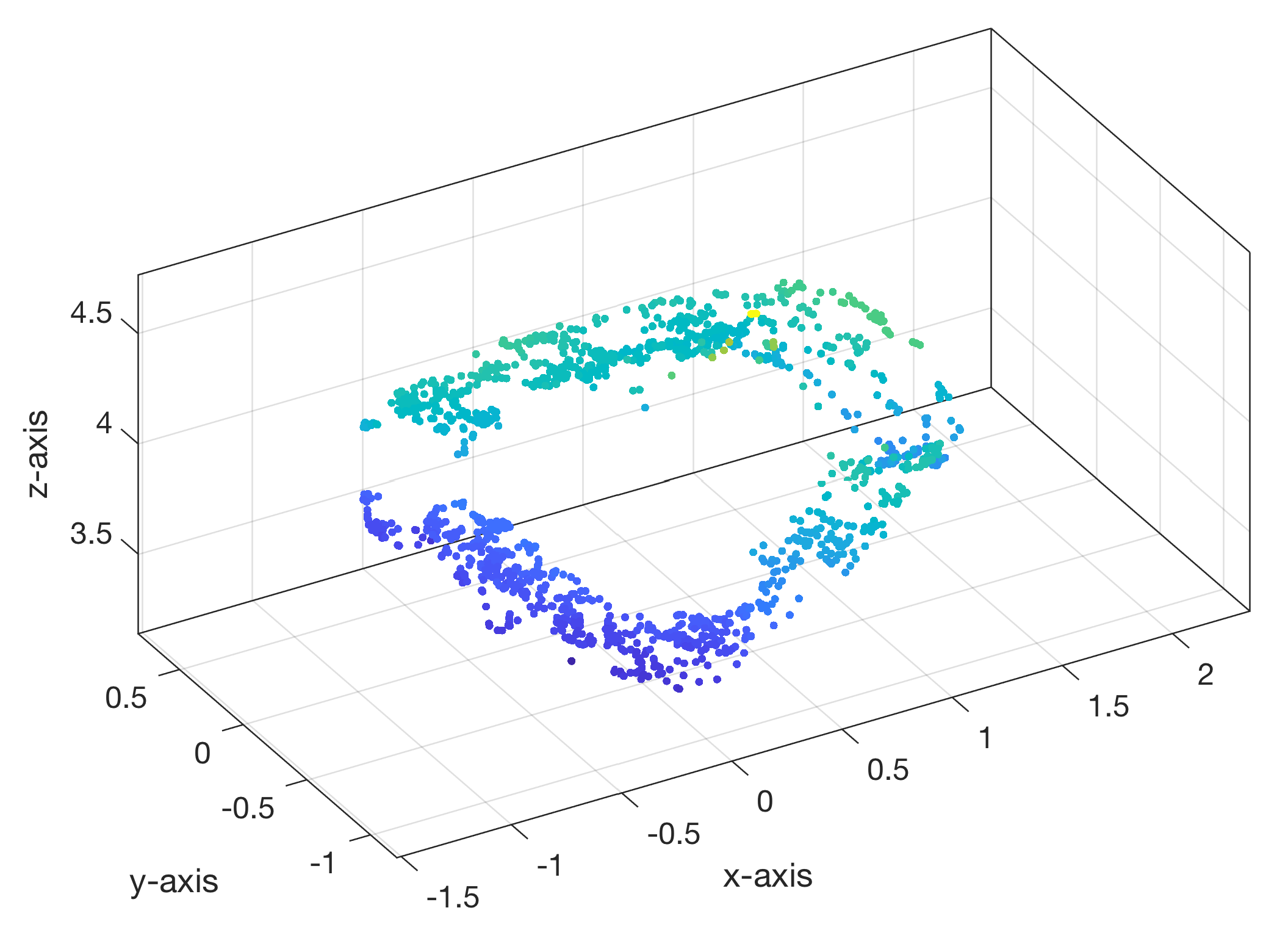
Next week the 42nd shortcourse on MATLAB Recipes for Earth Sciences will begin with 34 participants from 10 different research institutions and universities. It is the second of the two spring courses at the University of Potsdam. Continue reading “42nd Shortcourse On MRES”
